FULL SCREEN John Bjorklund, collection of Center for Railroad Photography and Art The Chicago & North Western switches newsprint cars in downtown Chicago in September 1981. FULL SCREEN John Bjorklund, collection of Center for Railroad Photography and Art The Chicago & North Western switches newsprint cars in downtown Chicago in September 1981. FULL SCREEN John […]
Section: History
Classic Chicago commuter trains
FULL SCREEN John Bjorklund, collection of Center for Railroad Photography and Art A Burlington Northern commuter train arrives at Chicago Union Station in July 1971, as seen from Roosevelt Road. FULL SCREEN John Bjorklund, collection of Center for Railroad Photography and Art A Burlington Northern commuter train arrives at west suburban Riverside, Ill., in July […]
Early Amtrak trains in color
FULL SCREEN John F. Bjorklund, Collection of the Center for Railroad Photography & Art In its early days, Amtrak relied solely on equipment provided by its member railroads. The passenger carrier is barely two months old in this Independence Day view from Chicago in 1971, where train No. 18, the eastbound Super Chief-El Capitan, still […]
Railroad Reading: Blue-chip investment
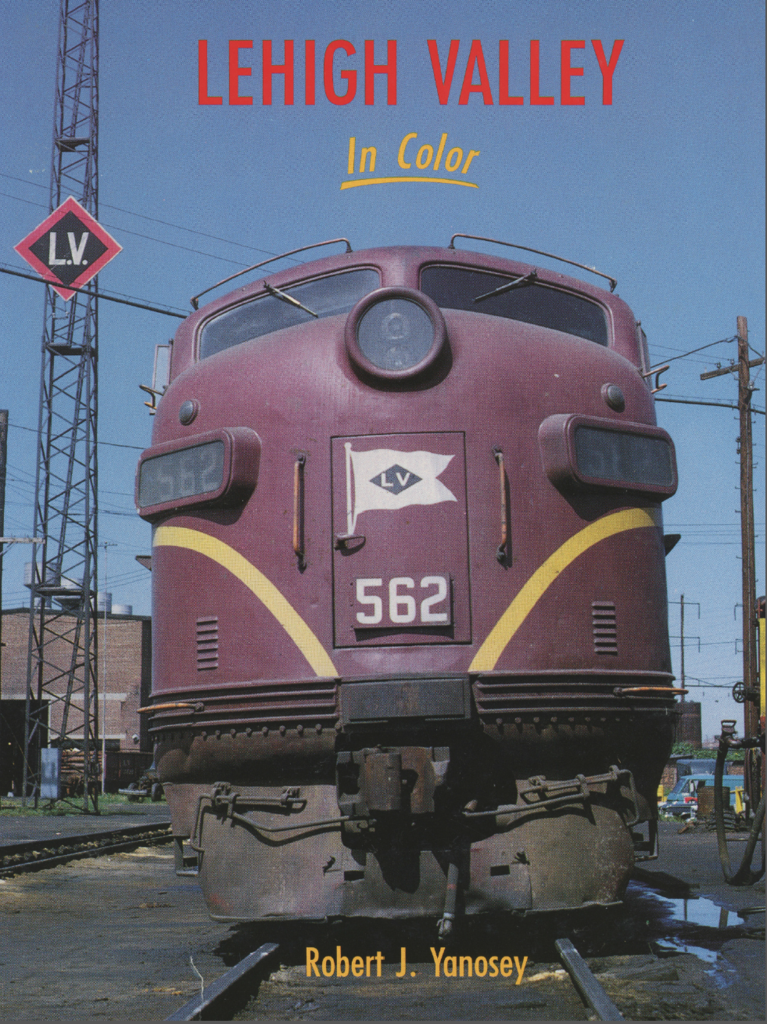
The cover of Yanosey’s first Lehigh Valley book, one of Morning Sun’s early titles. Editor’s note: This story first appeared in the August 2006 issue of Trains Magazine in the “Railroad Reading” section. Recently one of my authors at Morning Sun, who is writing a Lehigh Valley book, came here and immediately stated, “I didn’t […]
Video: Secrets of a master builder
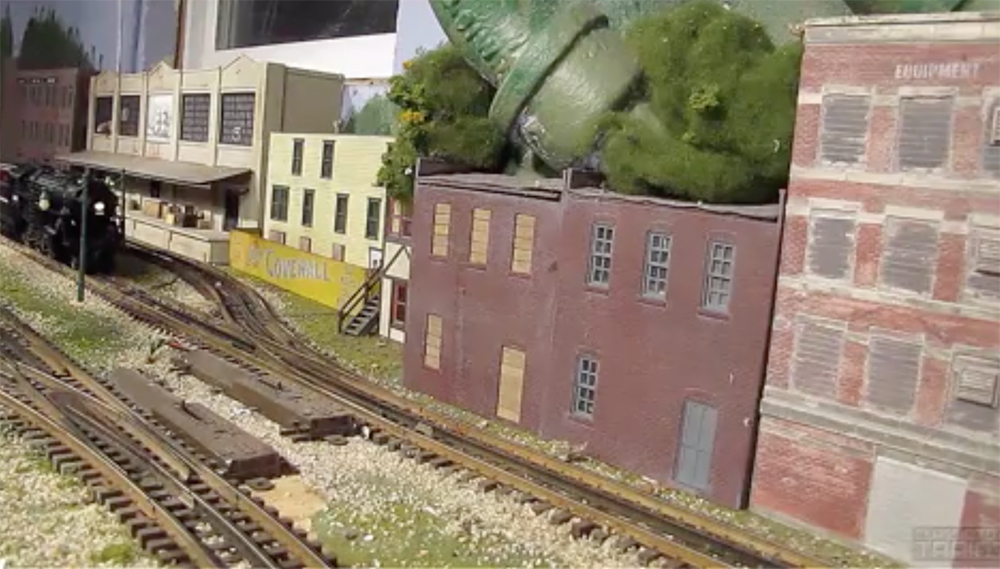
[…]
Providence & Worcester Railroad’s history
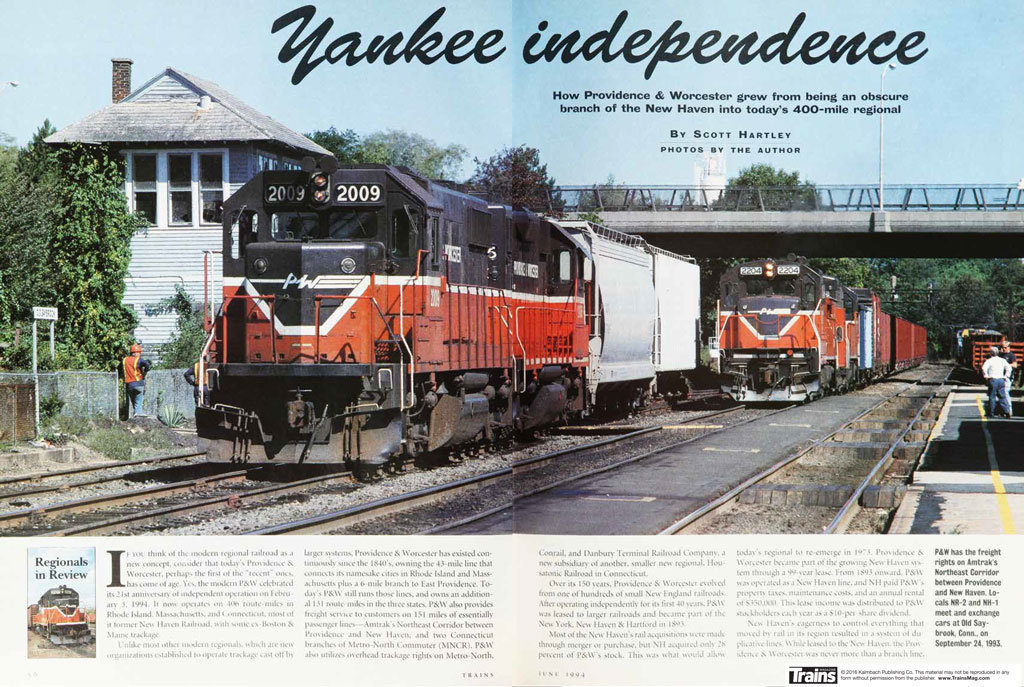
In Trains’ April special on short lines and regionals, author Scott A. Hartley brings us up to date on where Providence & Worcester Railroad is today. The now 516-mile system in Rhode Island, Massachusetts, Connecticut, and New York has a rich history, which Hartley also wrote about it in the June 1994 issue. Click the […]
Early catalogues from the Baldwin Locomotive Works
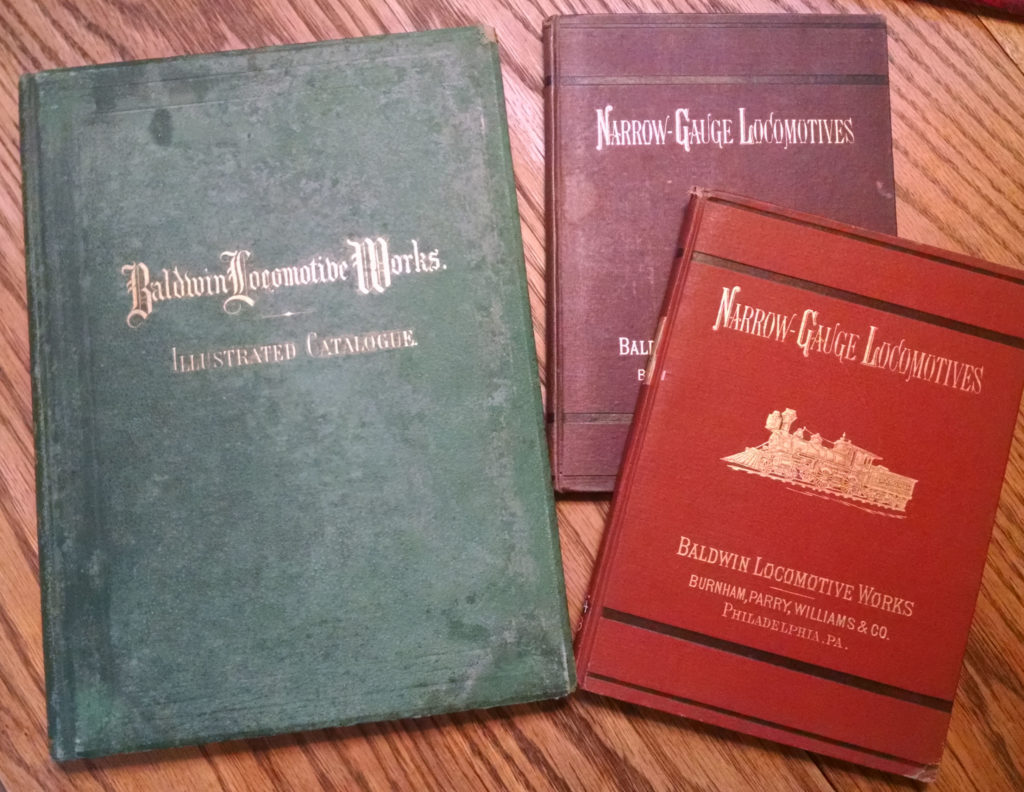
Here are some additional interesting details from three early Baldwin catalogues in my collection, plus some more info about the facsimile I made of the rare and elusive 1885 Illustrated Catalogue of Narrow-Gauge Locomotives. Note: Click on any of the images to enlarge. The covers of three early catalogues from Baldwin Locomotive Works. The large […]
Running repairs keep loaded cars on the move
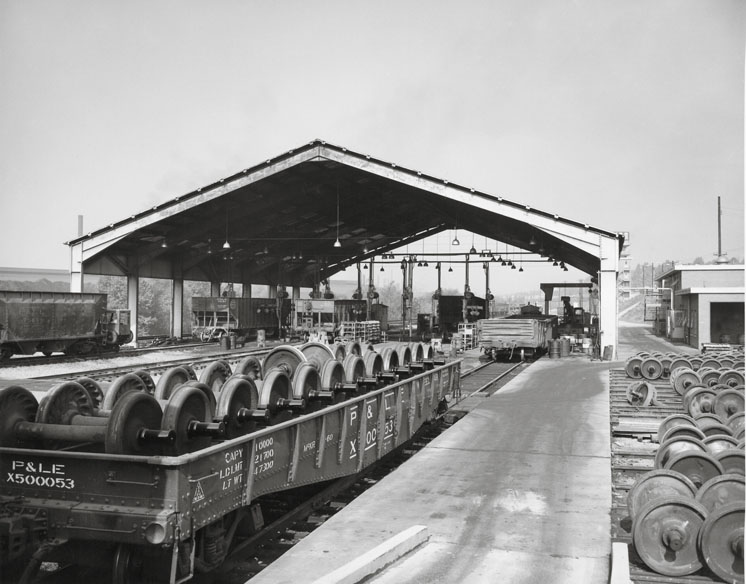
Railroad equipment sustains a great deal of wear and tear as the freight cars travel about the country. For this reason, all cars receive careful attention from car inspectors anytime they move through a yard or terminal. Car inspectors are trained to look for anything that’s wrong with a freight car, from damaged safety appliances […]
New York Central RR High Line
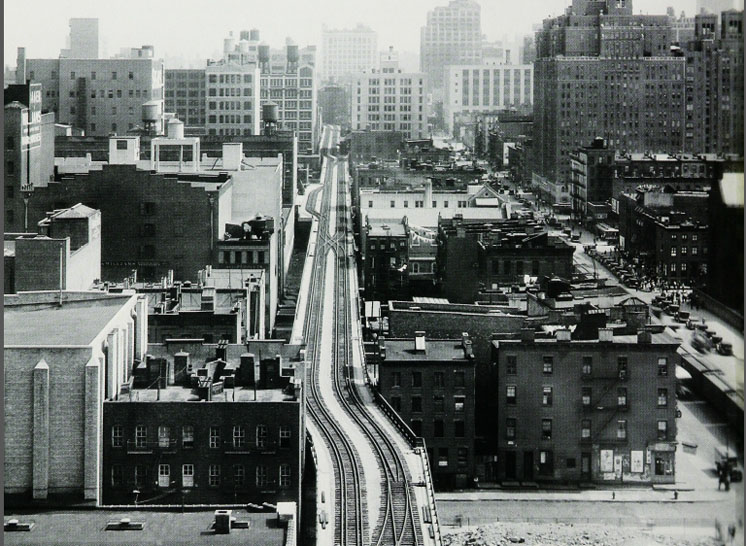
Long stretches of elevated main line gave the New York Central RR’s 30th Street Branch its High Line nickname. New York Central RR’s 30th Street Branch was known as the High Line because of its long stretch of elevated mainline track. Learn all about this interesting prototype railroad in the article below originally published in […]
Do you know where your boxcar is?
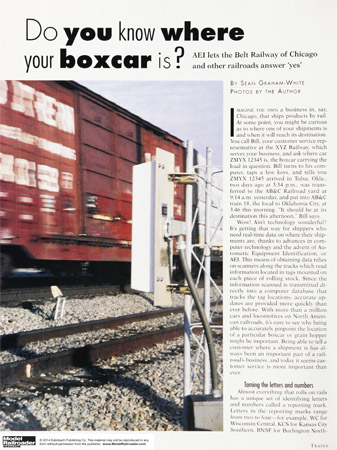
In the December 2014 Model Railroader, Seth Neumann and Chris Drone wrote an article about using radio-frequency identification (RFID) and a computer to track rolling stock and new possibilities for operation. Prototype railroads have been using scanning technology since the late 1960s. Automatic Car Identification (ACI) used an optical reader and a color-coded plate to […]
Small town railroading in the early 1950s

For many years small towns were a major source of traffic for railroads all across the country. Long before anyone ever heard of freeways, the railroads moved all sorts of carload and less-than-carload lot (LCL) freight that kept the local businesses and nearby agricultural economy going. A local station agent-operator was the railroad’s representative who […]
Helper communication in the steam locomotive era

Helper operations were carefully coordinated using locomotive whistle signals as specified in the railroad’s operating rules: (an “o” denotes a short sound, while a dash – indicates a longer whistle blast). The lead engineer handled the train’s air brake while each helper engineer had an independent brake for just his engine. Two long blasts on […]
